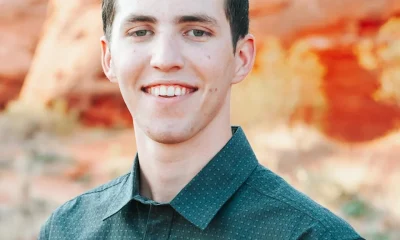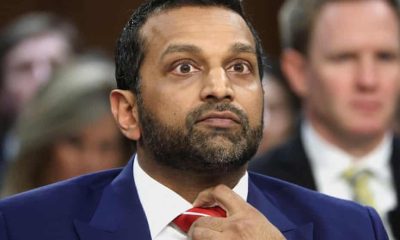Biography
Engr. Joseph Ciroma Biography (Family, Wife, Real Name, Career, Net Worth, Age 2025/26)
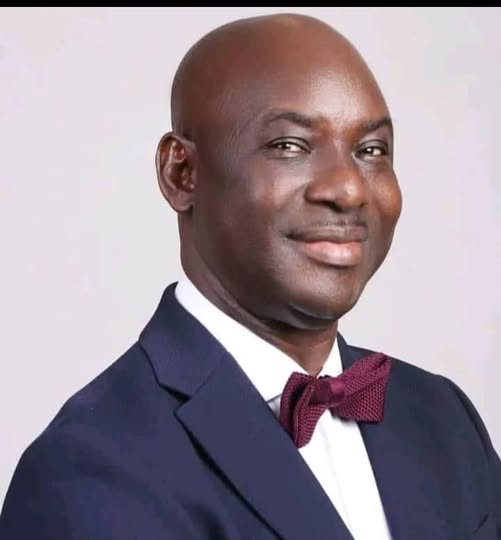
Snapshot (Quick Facts for 2025/26)
| Category | Details |
| Real Name | Joseph Almajiri Ciroma (often styled “Engr. Joseph A. Ciroma”) |
| Date of Birth | 4 September 1963 |
| Age (2025/26) | 61 (turns 62 on Sept 4, 2025); 62–63 in 2026 |
| Profession | Electrical Engineer; former senior roles at Transmission Company of Nigeria (TCN); Power-sector Consultant |
| Known For | Power-sector execution, donor-funded grid projects, mentorship and philanthropy in Southern Kaduna; nicknamed “Hasken Southern Kaduna” / “Hasken Kudanci Kaduna” |
| Honors | Civic/community recognitions and awards of excellence for youth and women empowerment |
| Political Interest | Linked with Kaduna South Senatorial ambition in public commentary |
| Family | Married to Dr. (Mrs.) Clara Chibuzo Ciroma; they have a son, Ugomsinachi Daniel Chime |
| Net Worth | Not publicly disclosed (online estimates are unverified) |
Real Name and Identity
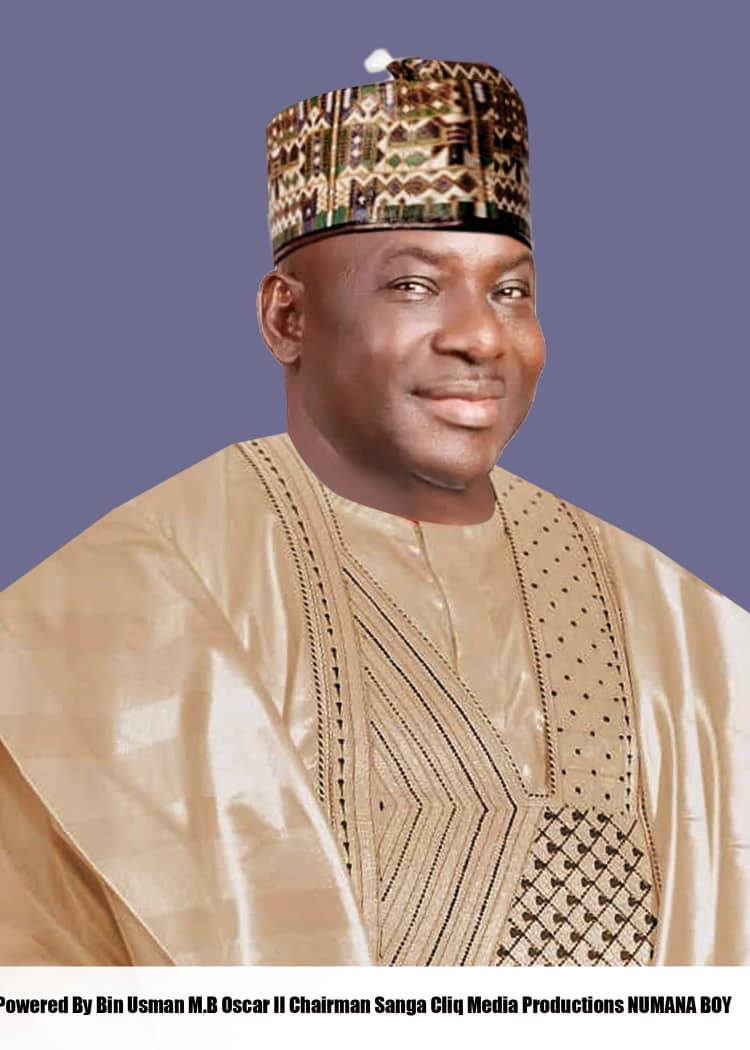
Across professional and public contexts, he is widely identified as Joseph Almajiri Ciroma, often styled as “Engr. Joseph A. Ciroma” to reflect his training and practice as an electrical engineer. The “Engr.” honorific is commonly used in Nigeria to recognize engineering qualifications, and in this case it underscores a decades-long career focused on power systems and policy execution. In public-facing materials, the shortened initial “A.” appears in documents where brevity is preferred, while longer biographical notes tend to spell out the middle name. Within industry circles, his name is closely associated with grid reliability workstreams, donor-backed investments in network upgrades, and mentorship of younger engineers pursuing utility operations, metering, and protection studies. The consistency of naming across professional references supports a single, coherent public identity that blends technical pedigree with civic engagement.
Early Life and Education
Born on 4 September 1963 in Tande, Kagoma (Jema’a Local Government Area of Kaduna State), Joseph Ciroma’s formative years map closely to the classic Nigerian STEM pathway: a structured primary and secondary education, pre-degree science preparation, and a university engineering program. He attended Aso Primary School (1970–1975) and Government Secondary School, Funtua (1975–1980), then proceeded to the College of Arts and Sciences, Zaria (1980–1982). He earned a B.Sc. in Electrical Engineering from Ahmadu Bello University, Zaria (1982–1986), one of West Africa’s most storied engineering faculties. To complement his technical foundation, he later pursued a Master’s degree in International Affairs and Diplomacy (2004), signaling a deliberate shift toward energy policy, stakeholder management, and cross-border development finance. That combination deep engineering plus policy and diplomacy would prove decisive in roles requiring negotiation with donor institutions, collaboration with ministries and regulators, and the translation of technical plans into actionable national programs.
Leadership Philosophy and Values
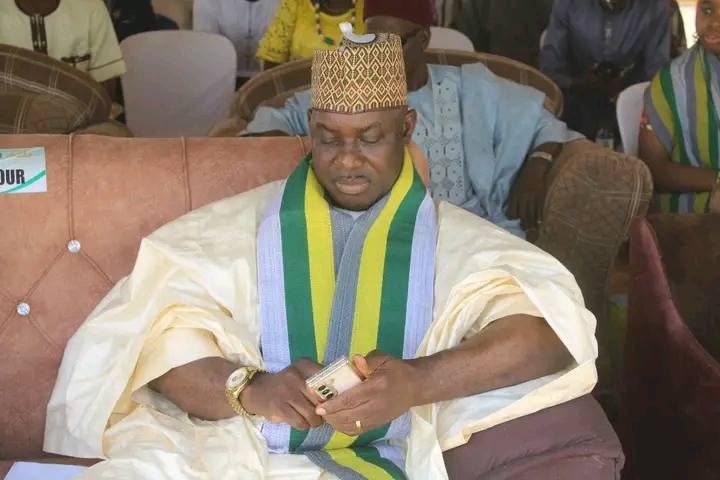
Those who have interacted with him describe a leadership style that is calm, methodical, and outcomes-driven. Rather than embrace spectacle, he favors “quiet competence” the deliberate practice of building coalitions, aligning technical teams, and strengthening institutional processes so that projects survive beyond individual tenures. In practical terms, this means prioritizing asset health, grid protection, data-driven metering, and clear escalation channels for operations personnel. His leadership vocabulary is laced with accountability: clarity of scope, crisp documentation, and step-by-step delivery that can be audited. Mentorship features prominently as well; he invests time in early-career engineers, translating standards and protection schemes into everyday routines, and encouraging professional certifications so that teams are resilient and promotable. These values echo through his community engagements, where empowerment programs and educational support are framed as long-run investments in people rather than one-off gestures.
Career in the Nigerian Power Sector
Engr. Ciroma’s professional arc traverses operations, program coordination, protection and control, metering, and regional management within the Transmission Company of Nigeria (TCN). As General Manager (Program Coordination) he interfaced with international financial institutions and development agencies, a role that demanded procurement rigor, cross-functional supervision, and continuous communication with task team leaders. His stewardship of multi-stakeholder projects required careful sequencing: feasibility and scoping, environmental and social safeguards, tendering and evaluation, contract negotiation, logistics and customs clearance, and oversight of contractors during construction and commissioning. Earlier, within Protection, Control and Metering (PC&M), he championed standards for transformer and switchgear protection across 33 kV, 132 kV, and 330 kV assets. That position sharpened his focus on the integrity of relays and schemes, the reliability of interface metering at generation–transmission and transmission–distribution boundaries, and the calculation of Transmission Loss Factors (TLFs) to support transparent market settlements. As General Manager for the Abuja Transmission Region, he oversaw substations and hundreds of kilometers of transmission lines while coordinating the welfare and capacity growth of the regional workforce. This uncommon breadth—policy-savvy program coordination plus nuts-and-bolts grid operations—positions him as a translator between boardroom priorities and field realities.
Technical Depth: Protection, Metering, and Loss Management
Power systems live or die by their protection and metering discipline. Ciroma’s PC&M emphasis rests on three pillars. First, protection coordination: ensuring that relays, current transformers, breakers, and schemes operate selectivity, isolating faults quickly without cascading outages. Second, interface metering: installing, certifying, and maintaining energy meters at generation–transmission (G/T) and transmission–distribution (T/D) boundaries so that energy flows are accounted for accurately, enabling fair billing and settlement. Third, loss analysis and reduction: computing TLFs to quantify technical losses, then using that data to justify targeted investments conductor uprating, transformer refurbishment, capacitor banks, or improved maintenance regimes that chip away at avoidable losses. This triad may seem administrative on paper, but in practice it is the heartbeat of grid credibility; markets cannot thrive without trustworthy meters and stable, well-coordinated protection.
Donor-Funded Programs and Institutional Coordination
Coordinating donor-funded programs in transmission is a test of both technical literacy and diplomatic patience. Projects often involve consortia of contractors, original equipment manufacturers, and supervision consultants, each with distinct responsibilities and timelines. A coordinator must align procurement packages with funding disbursement schedules, anticipate regulatory and environmental milestones, and keep customs and logistics partners synchronized so equipment arrives when sites are ready. Equally vital is transparent reporting to ministries of finance and power, as well as to energy regulators and market operators—stakeholders who rely on the timely completion of substations, lines, and control systems to balance the national grid. Within such ecosystems, the capacity to translate technical risks into commercial implications (and vice versa) is invaluable; it inspires confidence among financiers and keeps delivery teams focused on the end state: reliable, safe power.
Community Impact and Social Investment
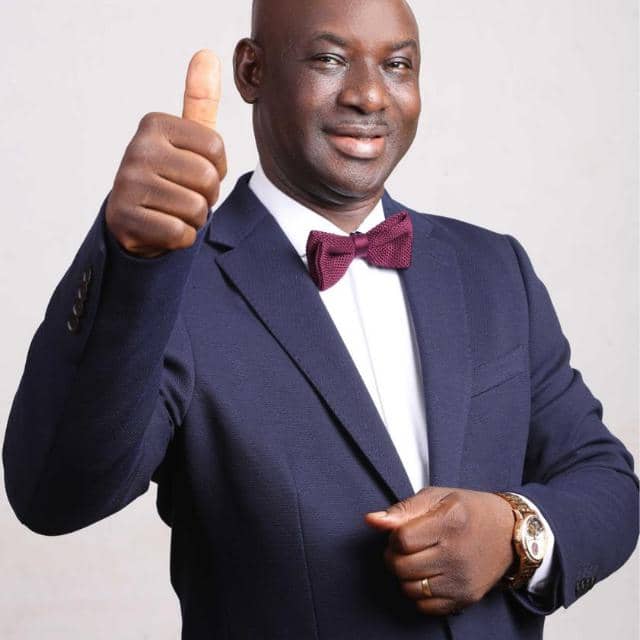
Beyond corporate roles, Ciroma’s public image is tightly woven with community initiatives particularly in Southern Kaduna where programs for youth and women empowerment run alongside electrification drives. These initiatives reflect a practical theory of change: that opportunity expands when people can learn under lights at night, when small businesses have dependable power to operate equipment, and when exam fees are not a barrier for promising students. Support for WAEC, GCE, and NECO candidates sends a clear signal about priorities education as the bedrock of mobility and dovetails with internships and apprenticeships that demystify utility operations for young technicians. In many communities, such interventions produce quick wins (lighting, safety, extended business hours) while cultivating a pipeline of local talent ready to sustain infrastructure over the long term.
Mentorship, Capacity Building, and Workforce Development
Sustainable institutions are built person by person. Ciroma has emphasized structured capacity building: short courses in protection coordination, hands-on relay testing workshops, standard operating procedures for switching and tagging, and refresher modules on SCADA and grid codes. He encourages cross-postings so engineers experience both control room and field realities, and he pushes teams to document lessons learned after incidents to improve playbooks. Perhaps most importantly, he advocates for humane leadership fair rostering, clear career paths, and recognition programs that reward safety, ingenuity, and teamwork. These are not soft perks; they are hard levers for operational excellence because motivated teams maintain assets better, respond to faults faster, and uphold safety culture even under pressure.
Wife, Children, and Private Life
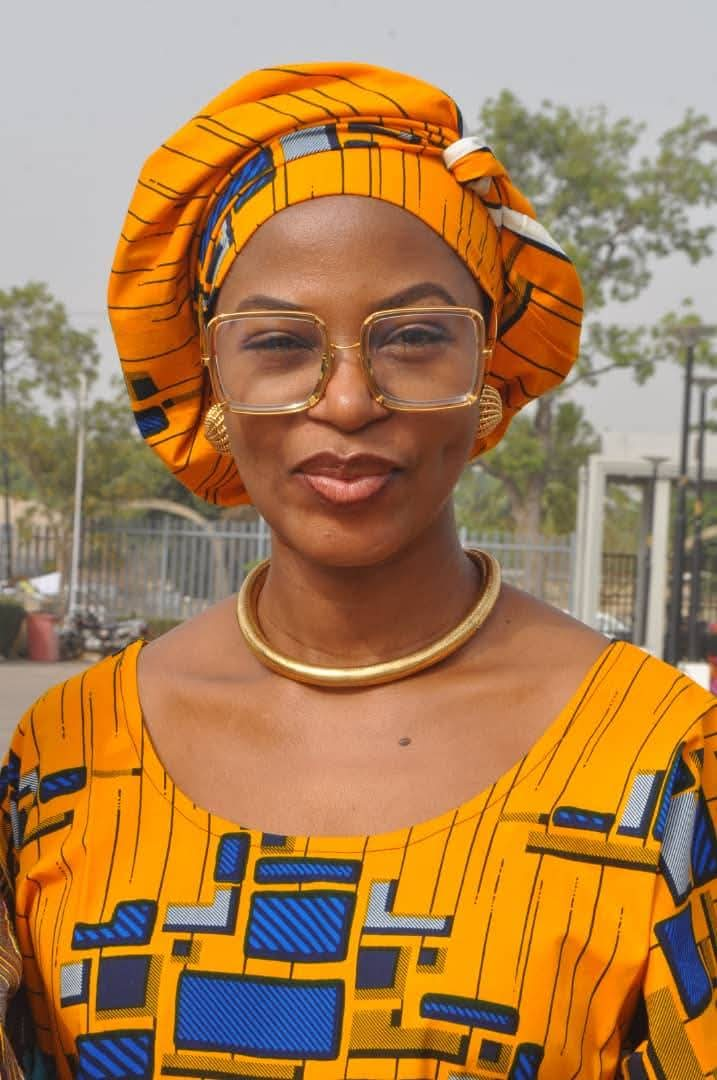
Public-facing profiles and social commentary identify his wife as Dr. (Mrs.) Clara Chibuzo Ciroma. Together, they are blessed with a son, Ugomsinachi Daniel Chime (His Step-Son). While he is a recognizable figure in Nigeria’s energy space, personal life is kept intentionally low-profile, a choice that aligns with his understated leadership style. In line with standard editorial practice, family details in this biography are limited to information that has appeared in public profiles or statements; further specifics remain private. This balance professional transparency paired with personal discretion has helped preserve focus on the substance of his sector contributions.
Some of their lovely pictures below…

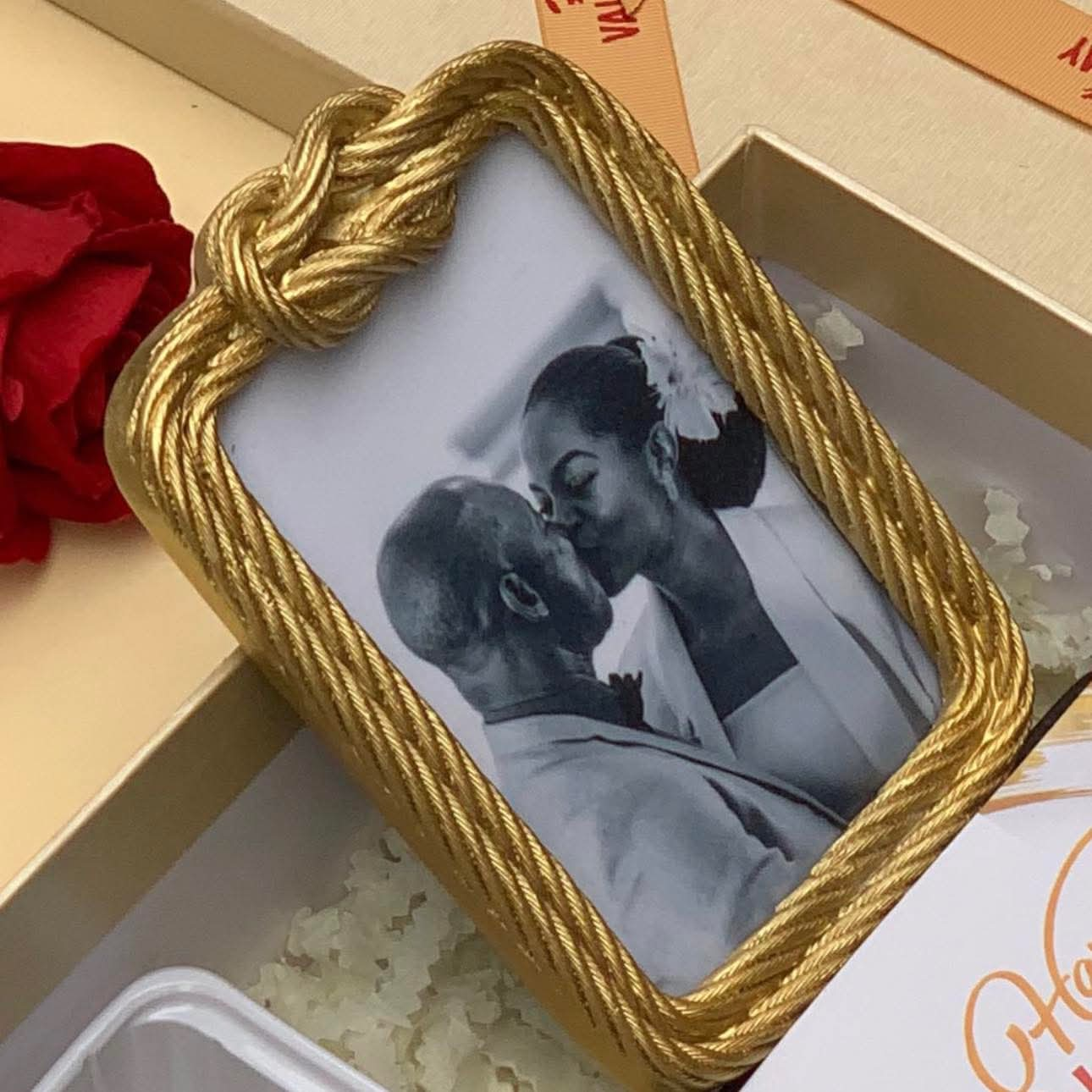
Age in 2025/26 and Generational Perspective
Born on 4 September 1963, he is 61 as of August 2025 and turns 62 on his birthday in 2025; in 2026 he is 62 until early September, then 63. His generational vantage point is useful in an energy sector undergoing rapid change. He witnessed analog systems evolve into digital control, saw legacy electromechanical relays give way to microprocessor-based protection, and observed the rise of renewable integration and market reforms. This timeline equips him to mentor across cohorts translating older system wisdom for younger engineers while embracing modern analytics, advanced metering infrastructure, and smarter protection philosophies.
Net Worth and Public Disclosures
There is no reputable public disclosure of Engr. Joseph Ciroma’s net worth. In an era when social media can conflate visibility with valuation, this restraint is unsurprising many public servants and consultants in technical sectors do not publish audited personal financials. For accuracy and integrity, the appropriate editorial entry is: “Net worth: not publicly disclosed; online estimates unverified.” That formulation protects readers from misinformation while respecting privacy, and it keeps the focus on verifiable impacts: projects delivered, people mentored, and systems improved.
Legacy, Outlook, and Policy Relevance
Nigeria’s energy transition will hinge on steady execution: closing transmission bottlenecks, metering interfaces correctly, protecting assets, and matching investments to loss-reduction data. Leaders with blended experience field operations plus program coordination are rare and valuable because they can negotiate funding one day and troubleshoot a substation scheme the next. As the grid scales to absorb more generation and distributed energy, the habits championed by Ciroma documentation, accountability, safety, and mentorship become even more critical. His story argues for an energy sector where institutions outlast personalities, where data drives investment, and where communities feel the benefits in schools, clinics, farms, and workshops.
-

 Biography3 months ago
Biography3 months agoMeet The Kalogeras Sisters: Biography, Age In Order, Parents, Ethnicity, Nationality, Social Handles, Fanfix
-
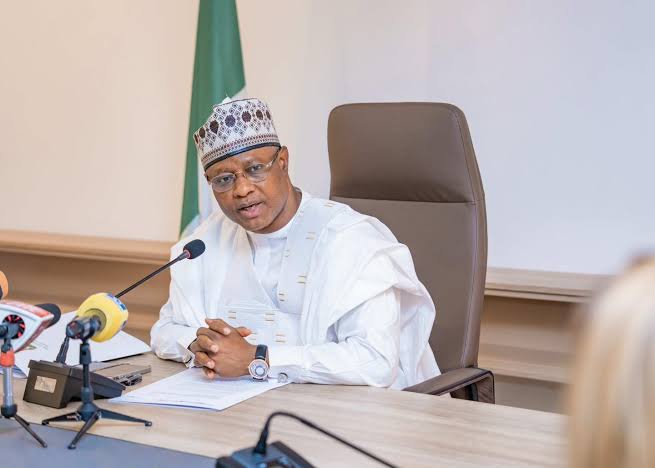
 News7 months ago
News7 months agoCiroma to Uba Sani: You’re an epitome of good governance
-

 Biography3 months ago
Biography3 months agoNoah Risling – Biography, Age, Wiki, Girlfriend, Ethnicity, Nationality
-

 Biography2 months ago
Biography2 months agoGeorge Zinn — Wiki, Bio, Age, Family, Ethnicity, Nationality, Controversy
-

 Biography3 months ago
Biography3 months agoAngel Unigwe Biography: Family, Net Worth, Age, Career, Boyfriend, Siblings
-

 Biography3 months ago
Biography3 months agoDaisy Melanin Biography: Age, Career, Net Worth, Controversies, Boyfriend
-
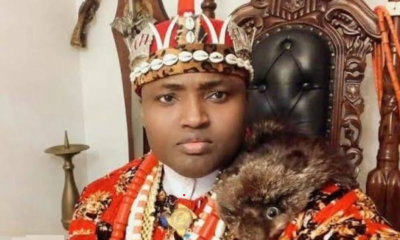
 News3 months ago
News3 months agoBREAKING NEWS: Simon Ekpa Sentenced to Six Years in Finland for Terrorism and Tax Fraud
-

 Biography3 months ago
Biography3 months agoGov. Uba Sani Biography: Family, Wife, Real Name, Career, Net Worth, Age 2025/26

